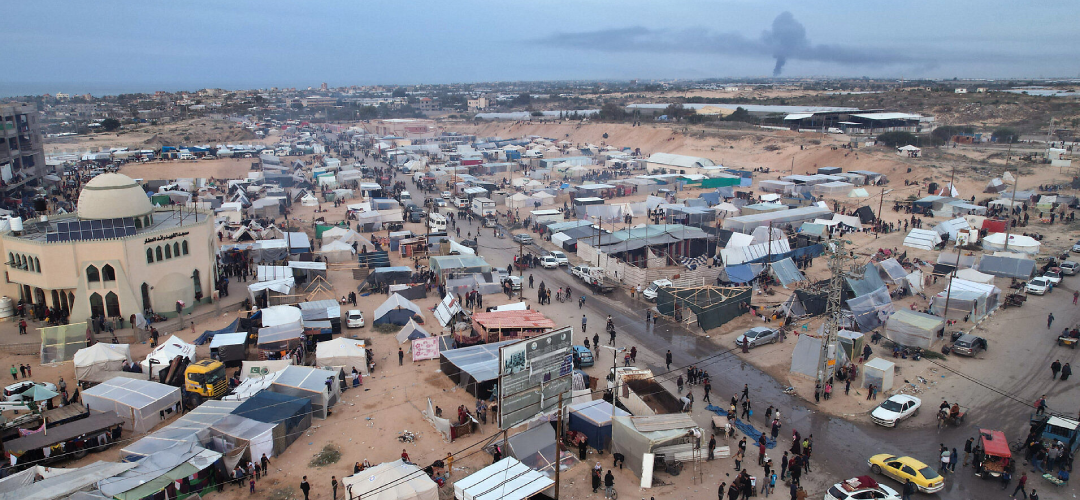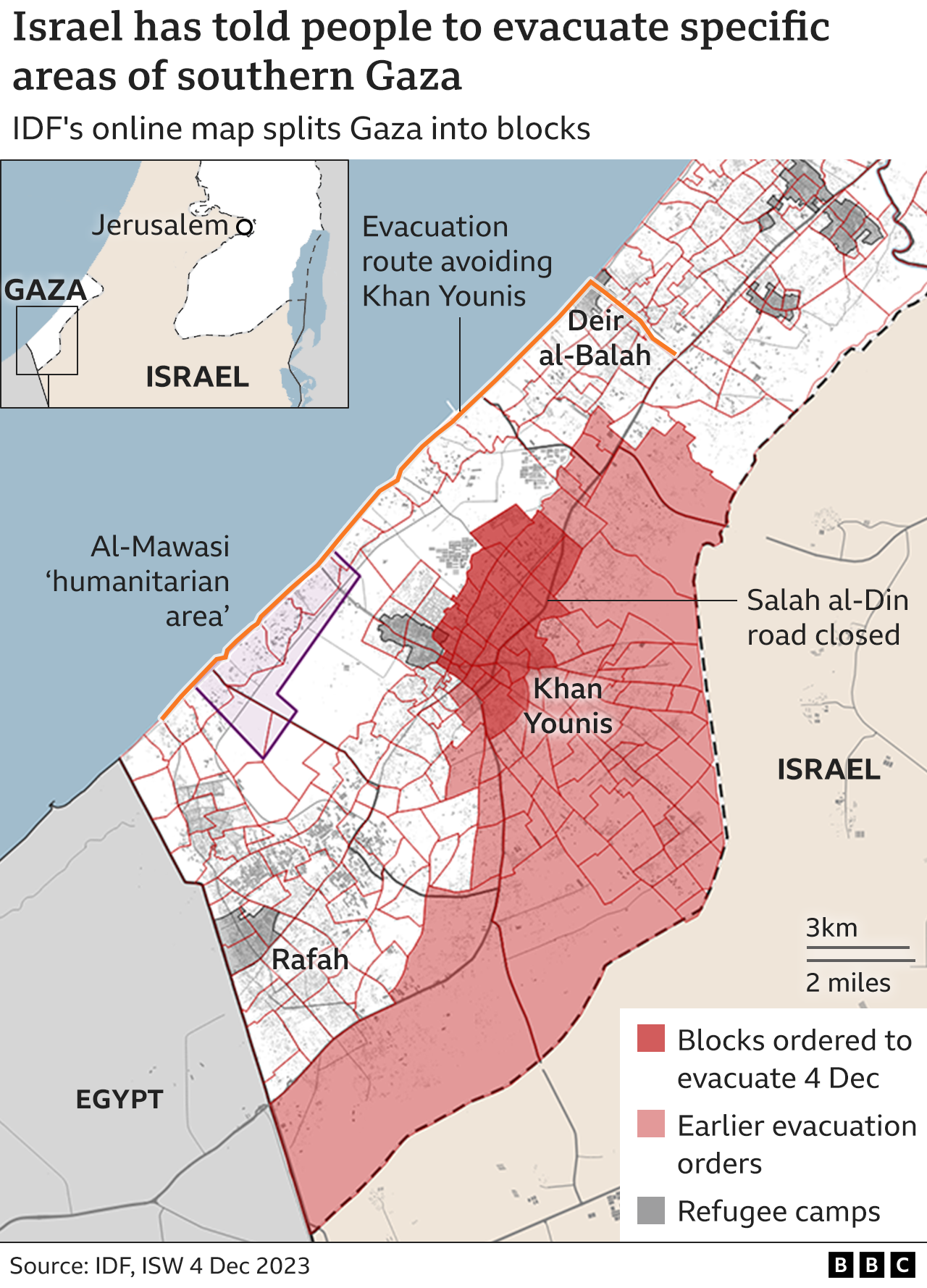Peace Overture or Ruse?
December 9, 2023 | Expert Insights

Finally, some positive progress was seen in the bloody fighting going on in Gaza for over two months now. A temporary ceasefire between Israel and Hamas-led Palestinian militant groups in the Gaza Strip took effect from 24 November 2023 to 30 November 2023.
Under the conditions of this ceasefire, Hamas agreed to release 50 hostages in exchange for 150 Palestinian prisoners. This deal has been brokered through the external mediation of the United States, Qatar and Egypt. After the agreement was extended for a further two days and Hamas released a second batch of hostages, fighting resumed.
Now, it is back to business on both sides, and lives continue to be lost at a horrific scale. According to figures compiled by the Hamas-controlled health ministry in Gaza, almost 16,000 people have died since October 7 on the Palestinian side. As per official Israeli figures, over 1200 Israeli citizens, both combatant and non-combatants have been killed.
Background
The current outbreak of fighting is the most serious challenge that Israel has faced from the incipient Palestinian-controlled territory of Gaza and, to some extent, the West Bank.
While the much more moderate and far less effective Palestinian Authority has been tolerated by Israel, the radical Hamas has been a sore sticking point for Israel since 2006. This is the year it officially came to power in the Gaza Strip. Elections were held in Gaza for the only time in this year.
The recurring fighting between Hamas and the IDF follows a set pattern. Hamas, with the intention of keeping the Palestine issue on the boil on the international agenda, tends to trigger an incident that invites immediate and disproportionate retaliation from Tel Aviv. Hamas has shown an uncanny ability to calibrate the so-called 'trigger', which until October 7th was kept well under the tolerance levels of the Israeli state. In a David versus Goliath scenario (so apt for the region), home-assembled rockets are the slingshots that Hamas uses to show its obstinacy to an overwhelmingly superior military opponent. Crude as they are, these homemade rockers are more of a symbol of resistance than a credible weapon system and have succeeded in causing a minor impact on Israel, no more than a niggling inconvenience forcing a break in normal routine. In a formatted response, Israel would retaliate with a few airstrikes, causing some civilian deaths and destruction, and then the matter would cool down till the next Hamas provocation; that de-escalation follows a cycle of escalation. In each case, the underlying issue has remained unresolved.
Israel has imposed a strict economic blockade on the Gaza Strip where nothing gets in and nothing gets out. Egypt has cooperated with Israel in imposing this blockade on its border with the Gaza Strip.
However, October 7th stunningly breached the status quo; the deaths and hostage-taking have been totally unprecedented, and the Israeli security apparatus has been forced to rewrite its playbook to keep Hamas under control. This time around, Israel is looking for nothing less than the total elimination of Hamas as a separate entity, both militarily and politically. With a fighting cadre reportedly over 30,000 strong, whether this can be achieved is debatable.

Analysis
For one, the origins of this crisis are deep-rooted. Hamas is just a symptom of a much bigger problem. Even if Hamas is completely removed from the scene, this is not going to bring about real peace.
Militant groups like Hamas gained ground because the traditional rulers of the Palestinians failed them over the years. The Palestinian Liberation Organization (PLO) later evolved into the ruling Palestinian Authority (PA). This governing dispensation has lost all credibility among the population. They were supposed to herald the beginning of a new Palestinian state. Instead, they sacrificed that chance to enhance their own power. Now, both Gaza and the West Bank are surviving on foreign aid provided by wealthy Gulf Countries and the benevolent nations of the West.
In Israel, there is a feeling that Hamas is being sustained as a military (and political) force by this aid, which is entirely managed by the Hamas senior cadre once it enters the Strip. How much of it gets siphoned off to sustain Hamas' military capacity is a never-ending debate. Not surprisingly, because Hamas is reported to have fired over 5000 rockets within an hour in the opening barrage of October 7th and continued to sustain this barrage of rockets, where did all this military hardware come from and how did it enter the closely guarded perimeter of Gaza strip?
Some blame successive Israeli governments for allowing Hamas to rise in power and capacity. To marginalise the Palestinian Authority, in an obvious divide-and-rule strategy, Hamas was allowed to expel the PA from Gaza. With the PA out of the equation, Israel has changed its tactic in Gaza vis a vis the West Bank; while Israeli settlements grew in the West Bank, it was a very strict punitive blockade that was imposed on the tiny Gaza Strip. Clearly, it did not succeed in defanging the Hamas.
The Hamas Charter does not recognise the legitimacy of the Jewish state. Therefore, true peace will be much harder to achieve than the simple extension of a ceasefire, which has now ended.
Hamas has a reputation as a tough negotiator; in 2011, it got over 1000 of its prisoners released in exchange for one Israeli soldier, Gilad Shalit, captured from a tank during an assault across the fence, just like the October 7th raid but on a much smaller scale. Then, the negotiations had gone on for over five years! Israel’s policy of no negotiations with terrorists lay in tatters, and Hamas has once again proved that Israel is not such a 'hard' state as it is commonly made out to be. We have just seen the opening episodes of this drama, and more will follow as both sides jockey for the most advantageous position; the hostages are mere pawns caught at the wrong place at the wrong time! The situation is made more complex because, unlike in the past, this time, there is a mix of foreign citizens and those with dual nationalities among the hostages. More countries than the two principal protagonists will be involved in any future parleying.
As can be seen, this war will continue well into the future. After the temporary extension, the ceasefire collapsed because both sides had achieved their objectives. Israel wants to bring all its hostages back home. For Hamas, the main goal is the release of all its prisoners from Israeli jails and continue to internationally embarrass Israel till it relents in the larger issue of a Palestinian state. As long as these long-term goals are not fulfilled, the cycle of violence will continue.
Assessment
- This ceasefire has turned out to be a lull in the war. Long-term peace cannot be established through this. Just like the war in Ukraine, Israel would hope that the international community would lose interest and turn to other more pressing issues.
- The hostages are a bargaining chip in a bigger game plan. Humanitarian motives have less of a role to play here than strategic imperatives. Both sides have wanted this ceasefire for their own reasons. So, this ceasefire became a tactical pause, not an end to hostilities.
- Third-party mediating countries have to play a more active role in resolving this conflict. They must look at the core issues instead of offering temporary solutions. However, unless major powers like the U.S., the EU and China get on the same page, there will be little positive movement towards credible peace in Gaza.








Comments